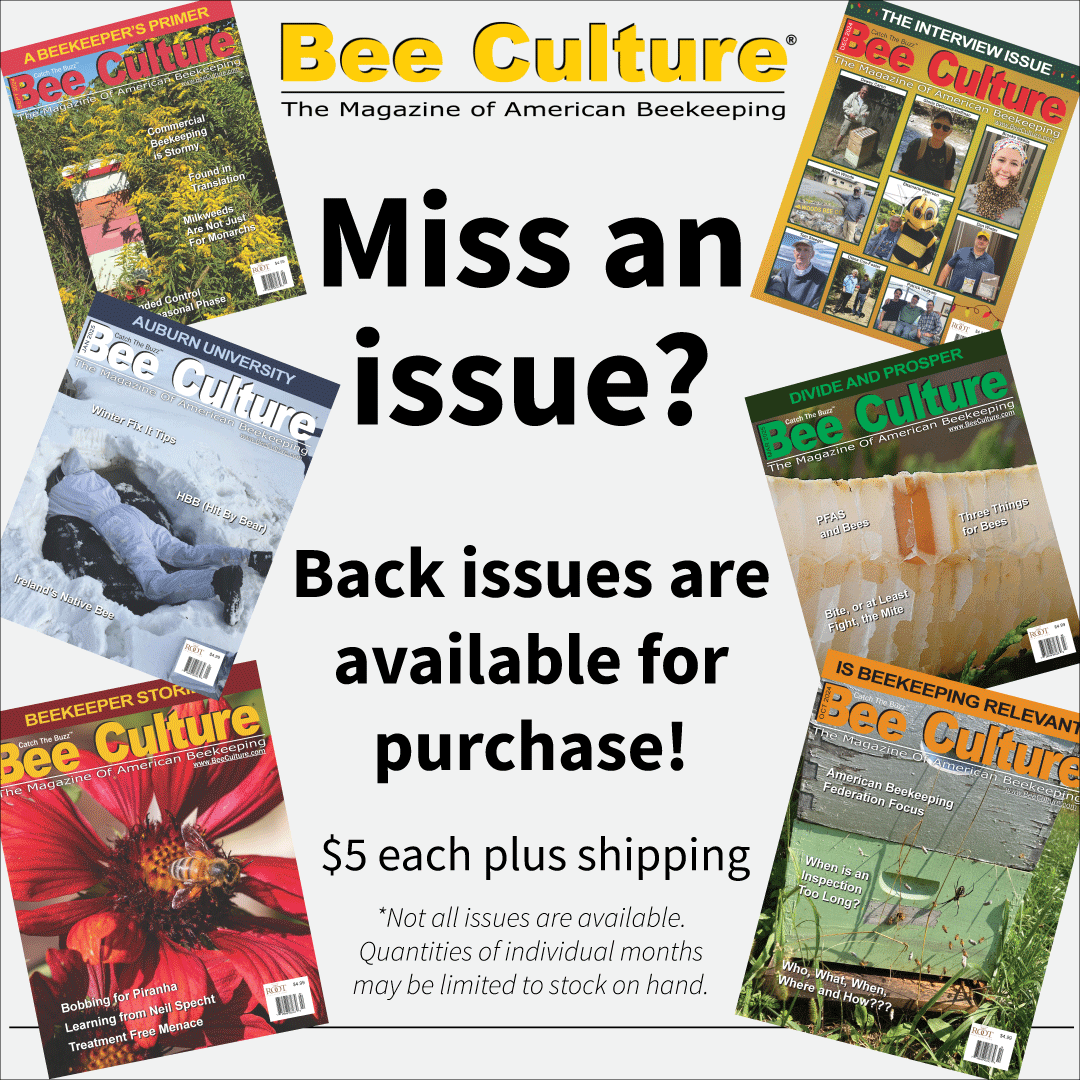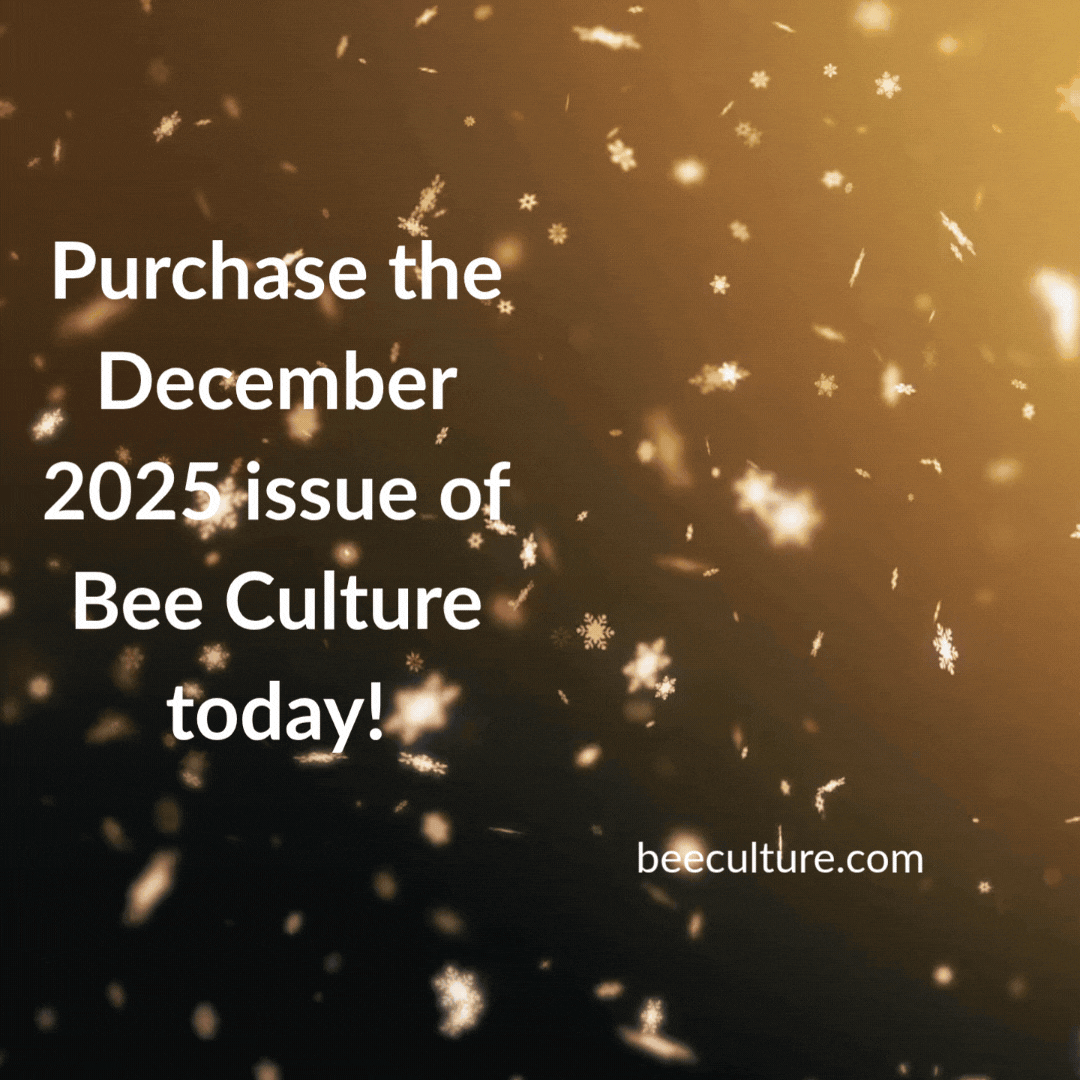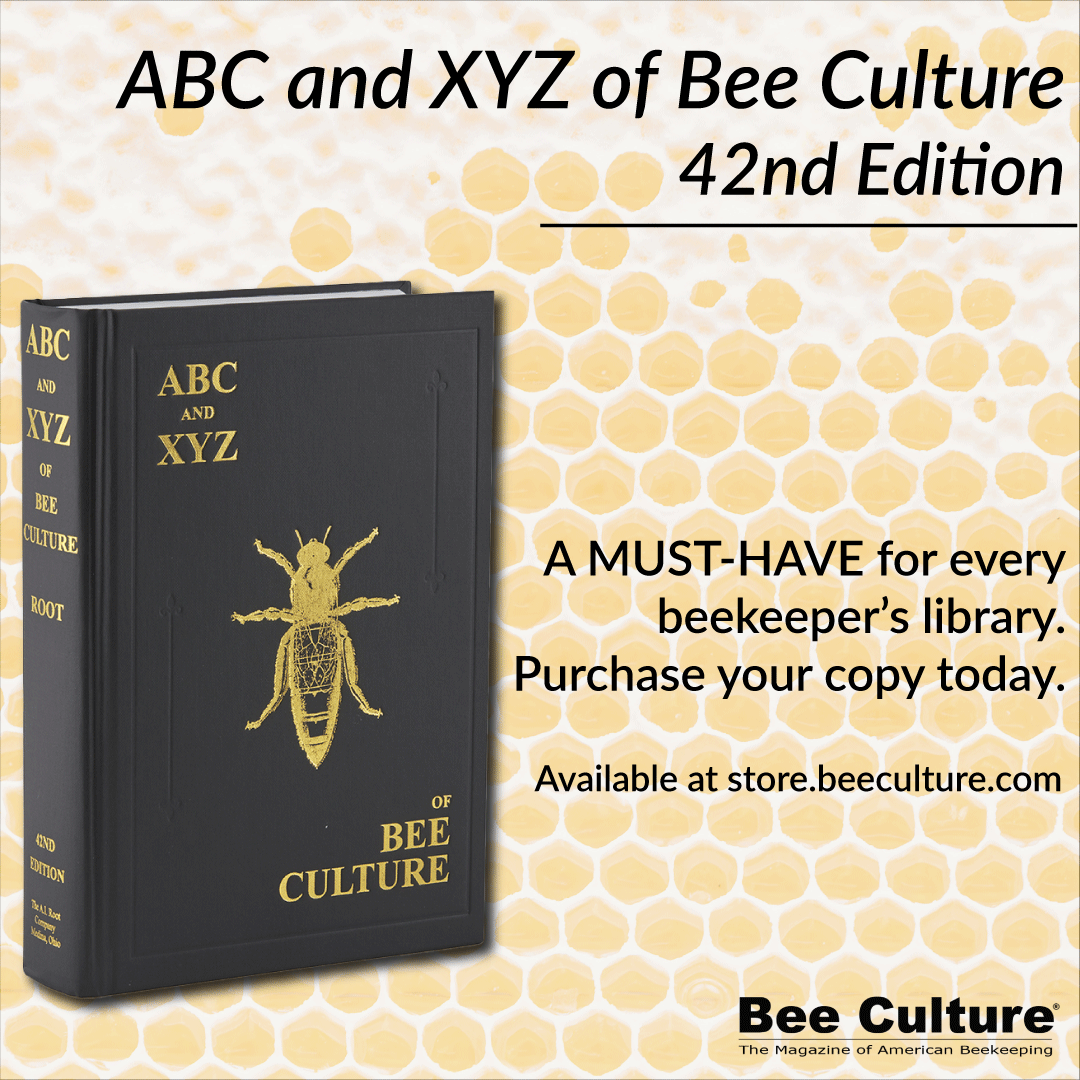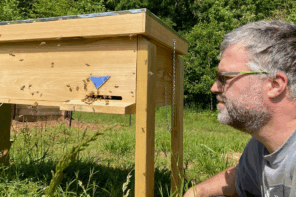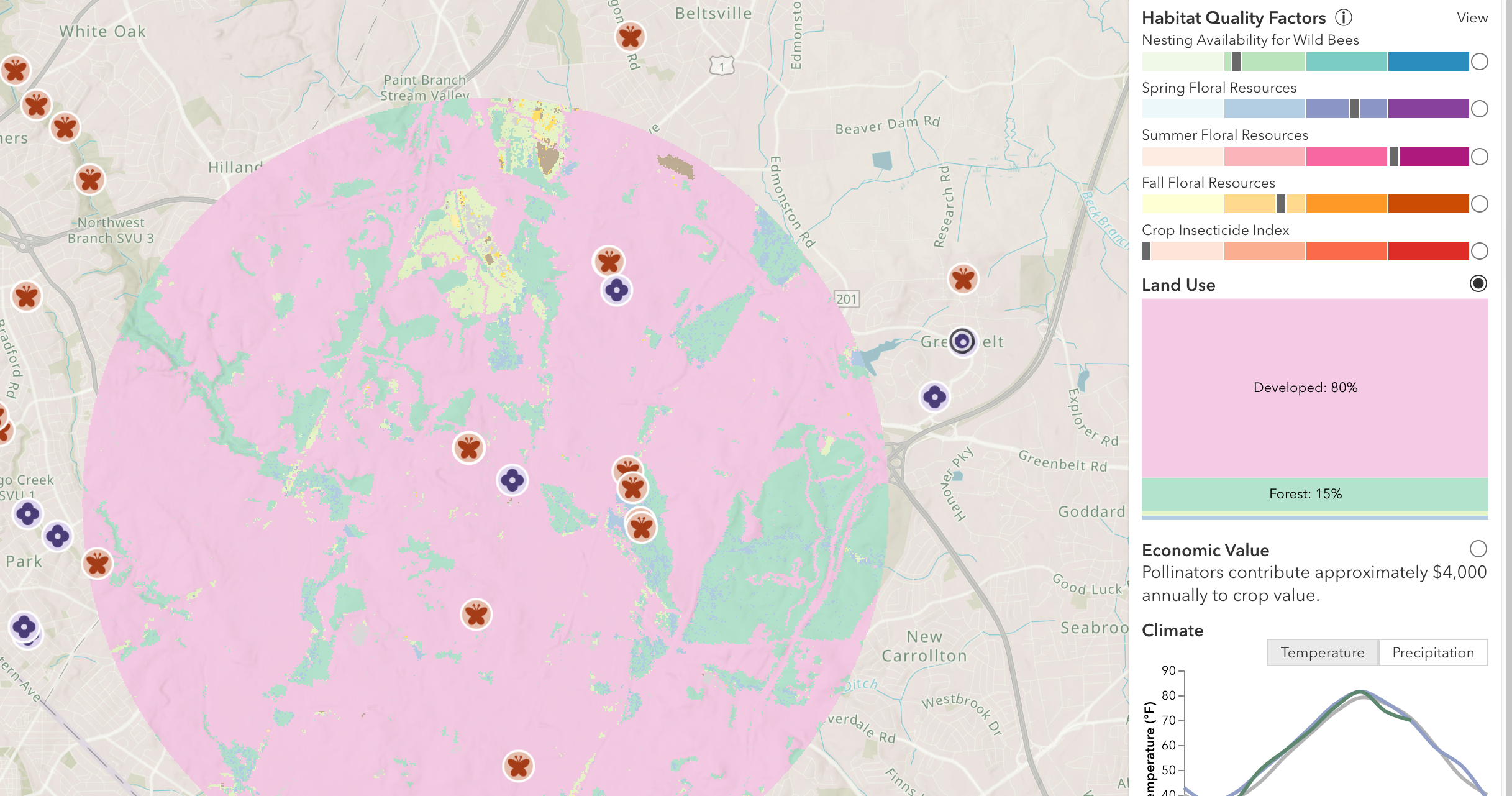Ed Simon
It was cold in Minnesota! At minus four degrees, everything was canceled on this Sunday morning and my “Cabin Fever” was running rampant. I had to do something. Then an idea hit me between the eyes. The previous Friday, I received a tenative notice that another article was being reviewed for a future publication in Bee Culture. My writing career started with “Dumpster Diving” and “Superjig” in the September 2009 issue. After ten years and over thirty seven articles published, I should be able to write about writing.

Years ago I was taking a class on developing informational presentations when the instructor said something that still sticks with me today. She said the rules are simple when designing a presentation. First “TELL THEM what you are going to tell them”. Then “TELL THEM”. And finally “TELL THEM what you told them”. The same basics are true when developing a written article. In this instance, I’ll use writing articles for Bee Culture as an example of this set of rules while using a few examples from different articles to emphasize some points. The same methods, ideas or thoughts are not restricted to this publication. They are transferable to other publications or presentations for your bee club.
By writing for a publication, you can express your ideas, thoughts or methods you think would be helpful to the beekeeping community at large and help expand their knowledge. Hopefully, after reading this article, you will decide to try writing an article for Bee Culture. Here we go!
- Tell them what you are going to tell them. Give the audience a preview.
The preceeding paragraphs are an example of this simple rule. Basically it is a summary of the main points presented in the article. The title of the article is important. It needs to grab the attention of the reader.
In 2013 I submitted an article titled “Hints” which was never published. Then in 2014 the article was retitled to “What your mentor forgot to tell you!”. It was published in May of that year. It has been republished once and now, after being been updated and expanded, is under consideration for another publication.
- Tell them. What do you want the reader to know?
Ideas, Knowledge, Thoughts, Methods, Wants, and even a mess-up on your part is something that you can write about. The catagories are endless. But, the premise or idea needs to be keeping with the interest of the reader of the publication. Very seldom are ideas developed from a “EUREKA” moment. But it does happen. Previously a reference was made to a “Hints” article. At one bee club meeting a new beekeeper mentioned he had a problem with ants. The speaker immediately asked the audience to respond in unison to the question with a one word answer to “What does he need?” Immediately forty seasoned beekeepers shouted “CINNAMON”. From this response an article was developed. Your mentor cannot tell you everything! This article is also the result of a “EUREKA” moment.
 Research – Has your idea been written about before? Is it relevant? Look into the need for an article. The internet has fantastic capabilities but you have to be careful. As Larry Conner once told me, “There is a lot of snake oil out there”. Then Kim Flottum responded to the same question with “Evaluate your source.” I paraphrased both but what they are saying is to be careful with your research and acceptance of ideas.
Research – Has your idea been written about before? Is it relevant? Look into the need for an article. The internet has fantastic capabilities but you have to be careful. As Larry Conner once told me, “There is a lot of snake oil out there”. Then Kim Flottum responded to the same question with “Evaluate your source.” I paraphrased both but what they are saying is to be careful with your research and acceptance of ideas.
Pictures and drawings make it easy to emphasize the point of your article. Individuals have different ways of learning. Some prefer to read, some listen and some are visual. I believe that most writers perfer to learn by reading. Notice that the emphasis is on reading in this article. But additional emphasis can be placed on a relevent point with a meaningful or attention grabbing picture.
Rewrite again and again and again.
Few writers are satisified with the first draft of their writings. Missed points, reviewer criticisms and sometimes style changes are needed to present a clearly defined idea. Unless you are one of the talanted few, revision is the name of the game.

Reviewers are needed. Usually two reviewers are used before my articles are sent for acceptance. First they are reviewed for correct english and punctuation. My wife is a retired legal secretary and knows the rules inside out. The second review is by an experienced beekeeper and woodworker who checks all the assumption, drawings and completeness.
Rules are there for a reason. Most editors are willing to help new writers but you need to remember they are under pressure to put out a publication on a schedule. This means they need to plan months in advance and they need to rely on their writers to deliver relevent articles on time. For Bee Culture rules look on the internet at:
https://beeculture.com/write-us/
- Tell them what you told them.
Reinforce what you just told them. The following paragraph is an example of the third rule. Summerise what you told the reader and ask them to do or try something. A salesman once told me that many sales were lost after a good presentation was complete, but the presenter didn’t ask the auudiance to buy or even provide contact information.
You can do it!
Writing articles is not easy nor is it hard. It just takes time and some guts to step up to the plate and give it a try. Bee Culture like all monthly publications are always looking for new ideas and writers. You probably have the idea and the experience. Now tell the rest of the beekeeping community. They will be grateful!
Get a copy of Ed Simon’s book Bee Equipment Essentials with detailed drawings, construction hints and how-to-use instructions for dozens of beekeeping tools and equipment from www.wicwas.com. Ed can be contacted through SimonEdwin41@gmail.com.

